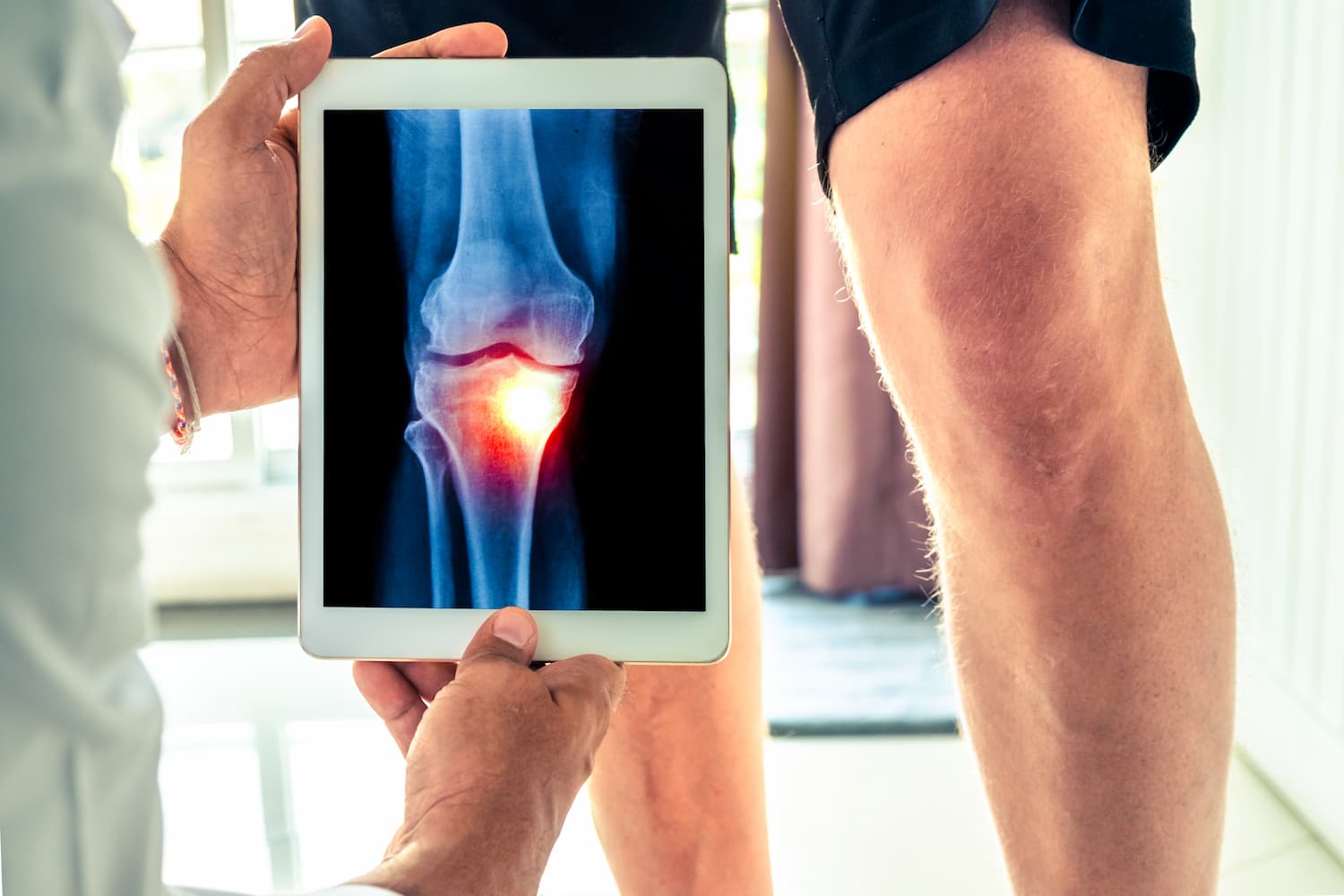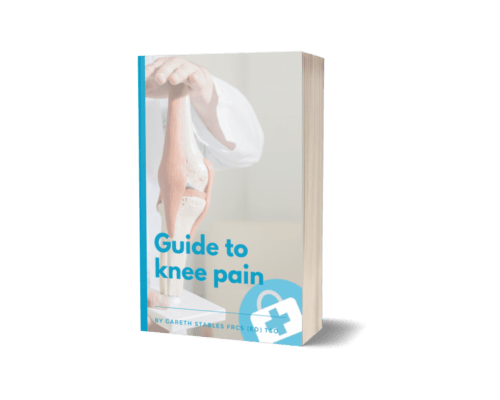Cytokines: The New Frontier in Knee Arthritis Treatment

Knee arthritis can be a challenging condition, causing pain, swelling, and stiffness in the joints. Behind the scenes, a complex network of molecules and chemicals orchestrates the inflammatory response that contributes to arthritis symptoms.
Among these key players are cytokines, small proteins that act as messengers in the immune system. In this blog, we will explore the role of different cytokines in knee arthritis and how they contribute to joint inflammation, helping us better understand this intricate process.
1. Interleukin-1 (IL-1):
IL-1 takes the centre stage in knee arthritis by actively promoting inflammation and joint destruction. It is released by immune cells and acts as a powerful pro-inflammatory cytokine. IL-1 stimulates the production of other inflammatory molecules and breaks down cartilage, the protective cushioning in our joints. Research has shown that high levels of IL-1 are present in the synovial fluid of arthritic knees, actively contributing to the progression of the disease (Smith et al., 2008).
2. Tumour Necrosis Factor-alpha (TNF-alpha):
Another notorious cytokine in knee arthritis is TNF-alpha. It actively promotes inflammation, triggers the release of other inflammatory molecules, and promotes joint damage. Elevated levels of TNF-alpha have been observed in the synovial fluid and tissue of arthritic knees. Targeting TNF-alpha with specific medications has shown promising results in reducing arthritis symptoms and improving joint function.
3. Interleukin-6 (IL-6):
IL-6 plays a dual role in knee arthritis. On one hand, it can act as a pro-inflammatory cytokine, contributing to joint inflammation and destruction. On the other hand, it also has anti-inflammatory properties that can help regulate the immune response. Elevated levels of IL-6 have been observed in the synovial fluid and blood of individuals with knee arthritis Understanding the delicate balance of IL-6 in arthritis is crucial for developing targeted therapies.
4. Interleukin-17 (IL-17):
IL-17 is a relatively new player in knee arthritis research. It is produced by a specific type of immune cell called T-helper 17 (Th17) cells. IL-17 actively promotes inflammation and recruits other immune cells to the site of inflammation. Studies have shown that blocking IL-17 can reduce arthritis severity and joint damage in animal models. Further research is needed to fully understand the role of IL-17 in human knee arthritis.
5. Interleukin-10 (IL-10):
While most cytokines contribute to inflammation, IL-10 plays a different role. It acts as an anti-inflammatory cytokine, actively suppressing the immune response and reducing inflammation. Low levels of IL-10 have been associated with more severe knee arthritis symptoms and disease progression. Boosting the production or activity of IL-10 may hold potential for therapeutic interventions.

Conclusion:
Cytokines play a significant role in knee arthritis, actively influencing the inflammatory process and joint damage. The delicate balance between pro-inflammatory and anti-inflammatory cytokines determines the severity and progression of the disease. By understanding the role of different cytokines, researchers can develop targeted therapies that aim to modulate the inflammatory response and alleviate arthritis symptoms.
Remember, this blog provides a simplified overview of a complex topic. Consult with your healthcare provider for a comprehensive understanding of your specific condition and the latest treatment options available.
References:
- Chevalier, X., Goupille, P., Beaulieu, A. D., Burch, F. X., Bensen, W. G., Conrozier, T., ... & Kivitz, A. J. (2009). Intraarticular injection of anakinra in osteoarthritis of the knee: a multicenter, randomized, double-blind, placebo-controlled study. Arthritis & Rheumatism, 61(3), 344-352.
- Hwang, S. Y., Kim, J. Y., Kim, K. W., Park, M. K., Moon, Y., Kim, W. U., & Kim, H. Y. (2015). IL-17 induces production of IL-6 and IL-8 in rheumatoid arthritis synovial fibroblasts via NF-kB-and PI3-kinase/Akt-dependent pathways. Arthritis Research & Therapy, 17(1), 1-10.
- Kume, K., Amano, K., Yamada, S., Hatta, T., Nagata, S., Yamaguchi, M., ... & Hirata, H. (2016). IL-6−634C/G polymorphism is associated with knee osteoarthritis susceptibility in Japanese population. Journal of Orthopaedic Science, 21(6), 788-791.
- Morita, Y., Kitamura, M., Deterding, L. J., Hascall, V. C., & Saxne, T. (2008). Cytokine regulation of hyaluronan synthases in human osteoarthritic synoviocytes. Arthritis & Rheumatism, 58(2), 352-360.
- Smith, M. D., Triantafillou, S., Parker, A., Youssef, P. P., Coleman, M., & Roberts-Thomson, P. J. (2008). Synovial membrane inflammation and cytokine production in patients with early osteoarthritis. The Journal of Rheumatology, 35(1), 365-372.


